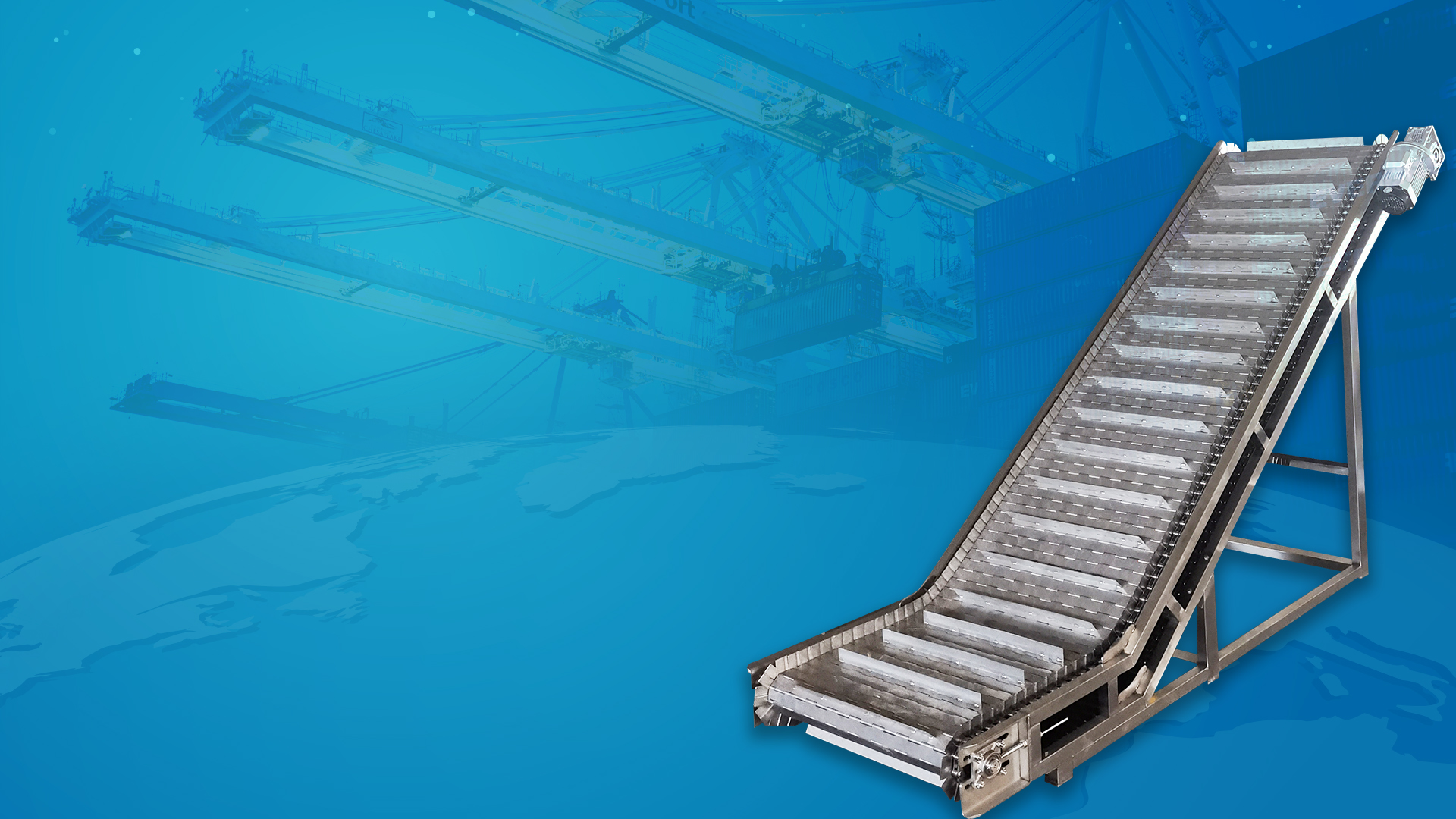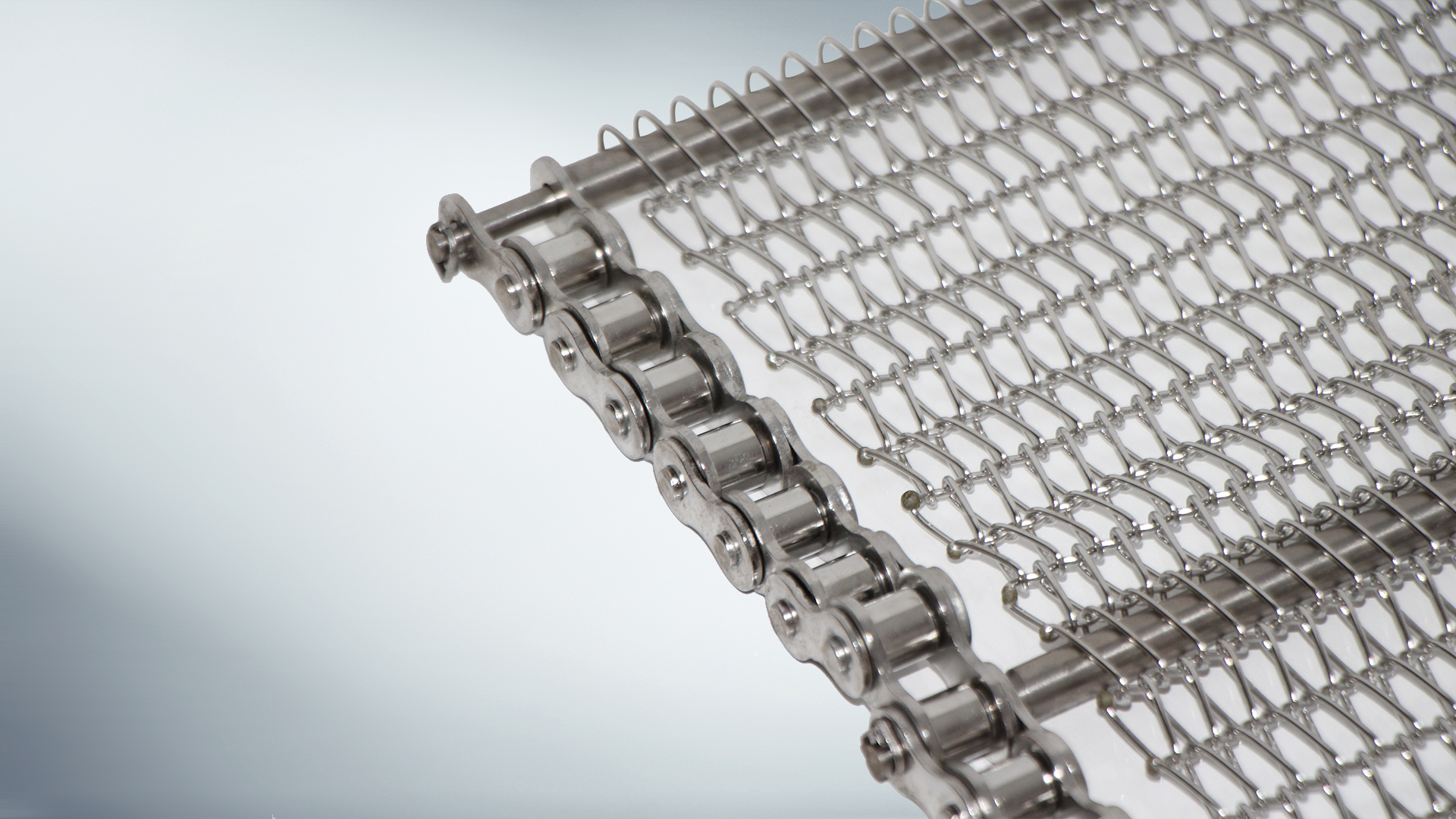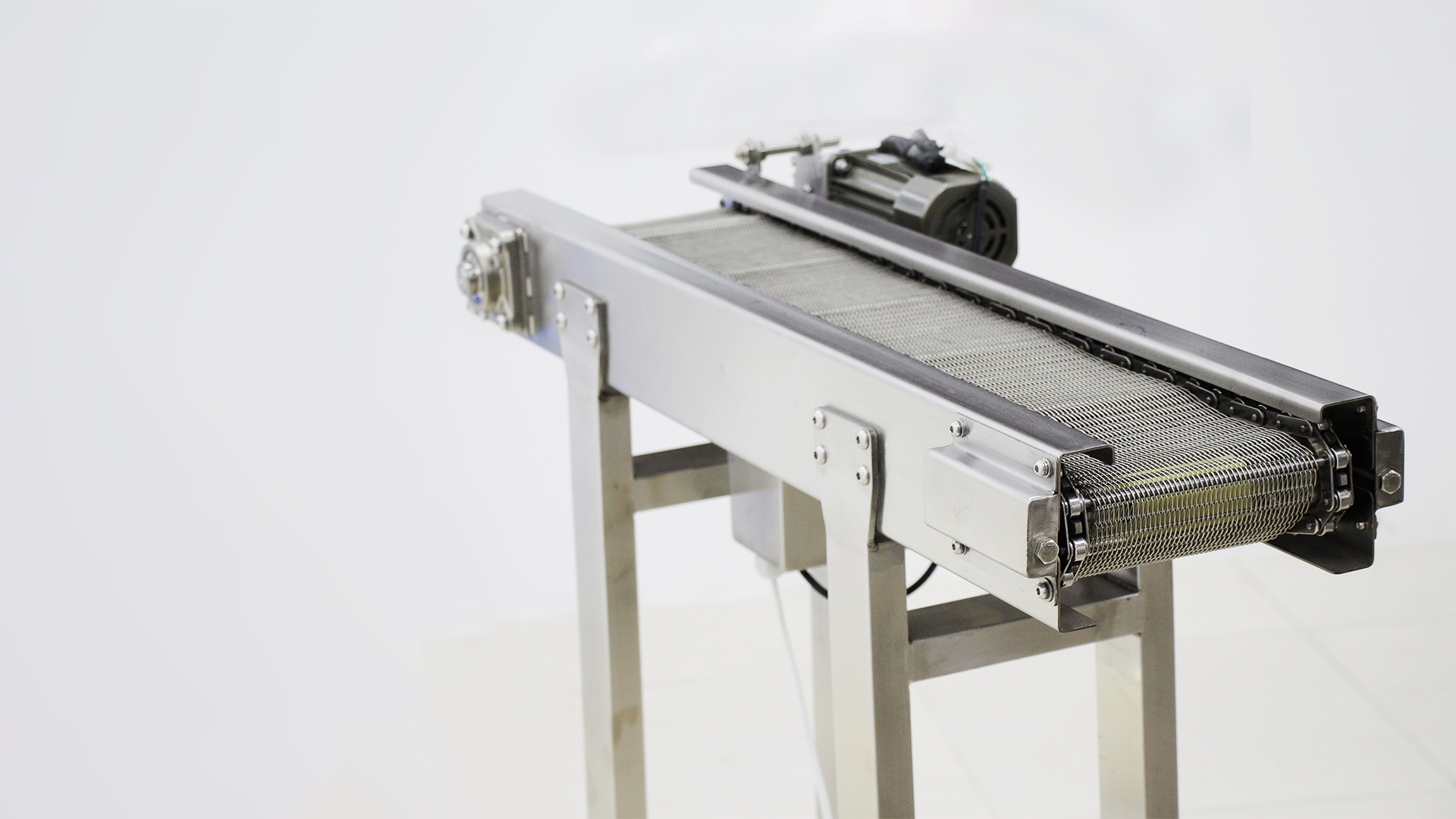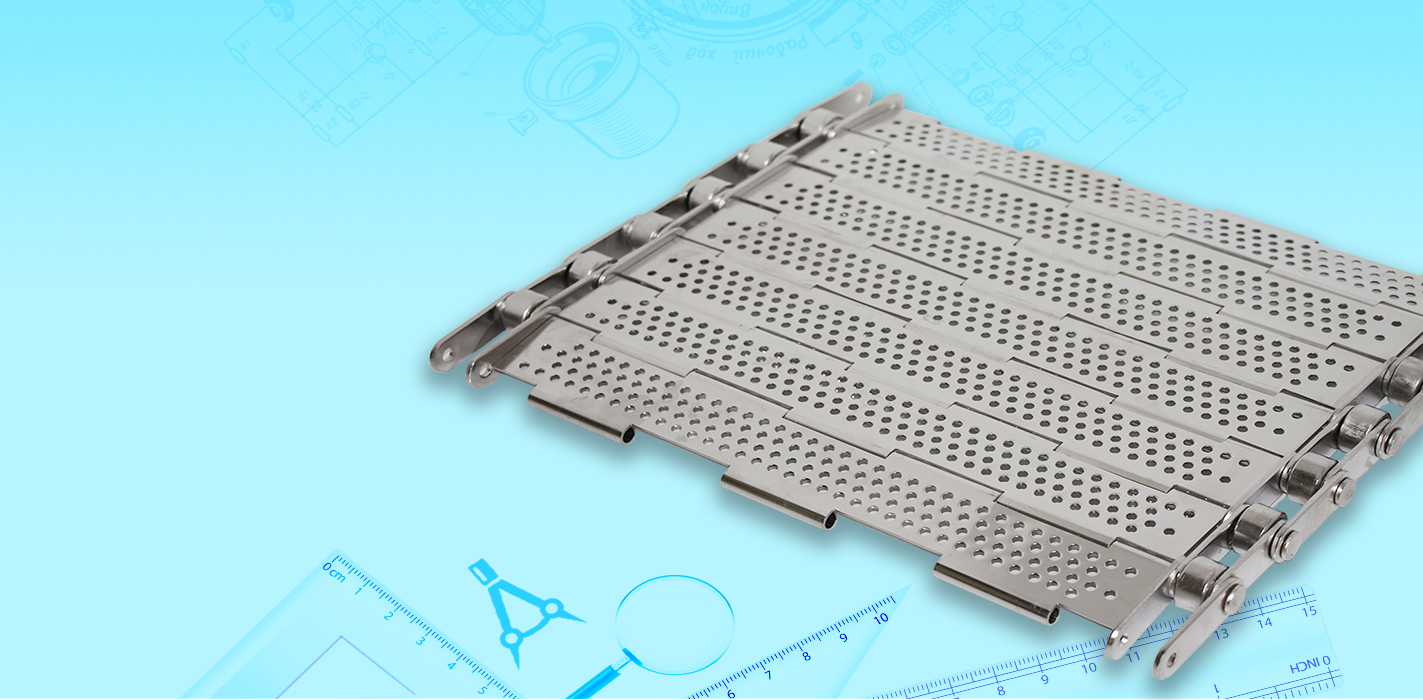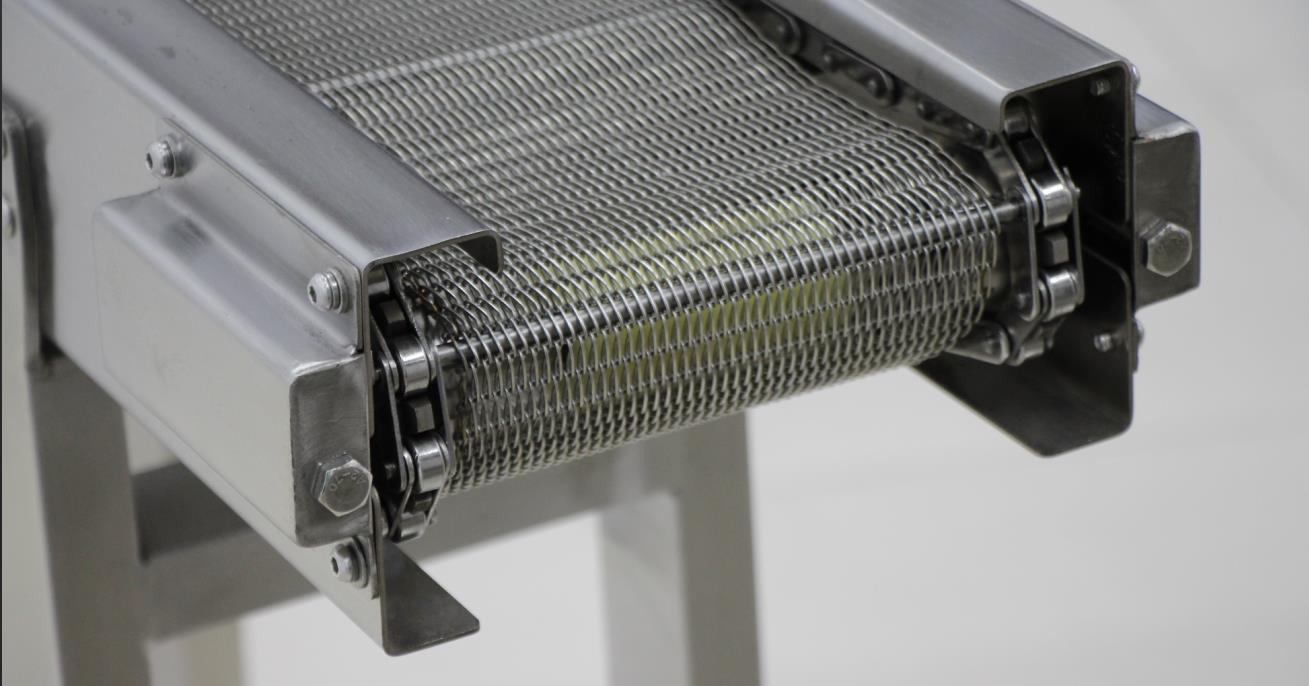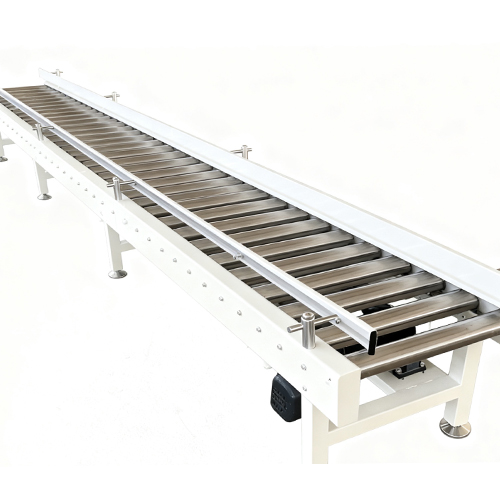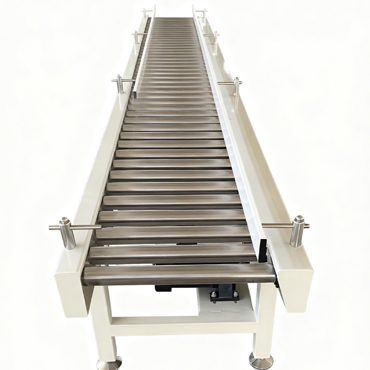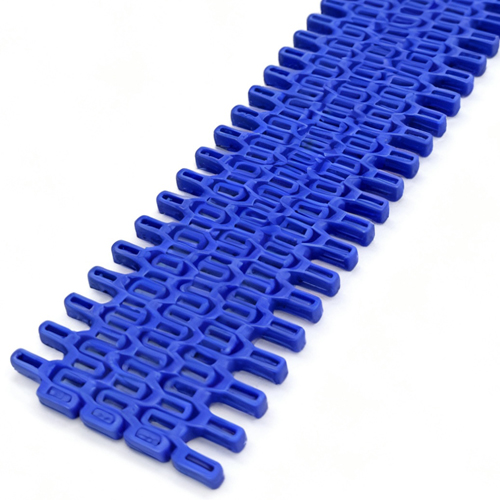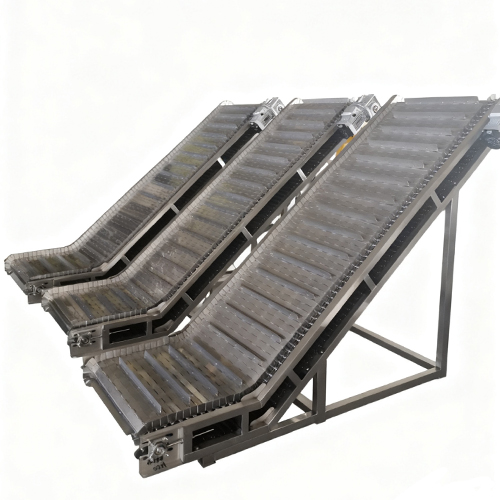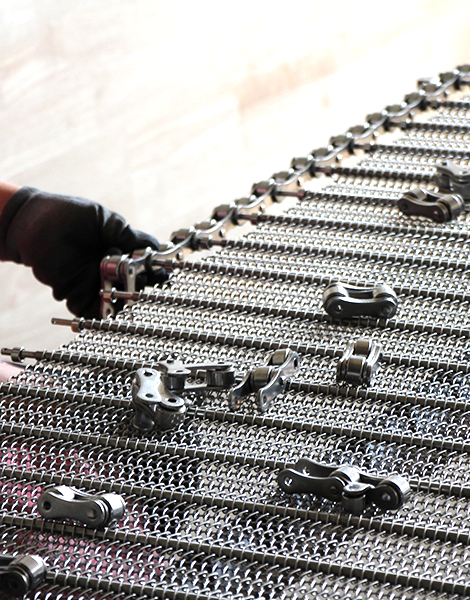Perforated chain plate conveyors are a common type of conveying equipment that operates based on the coordinated action of the chain and the perforated chain plates.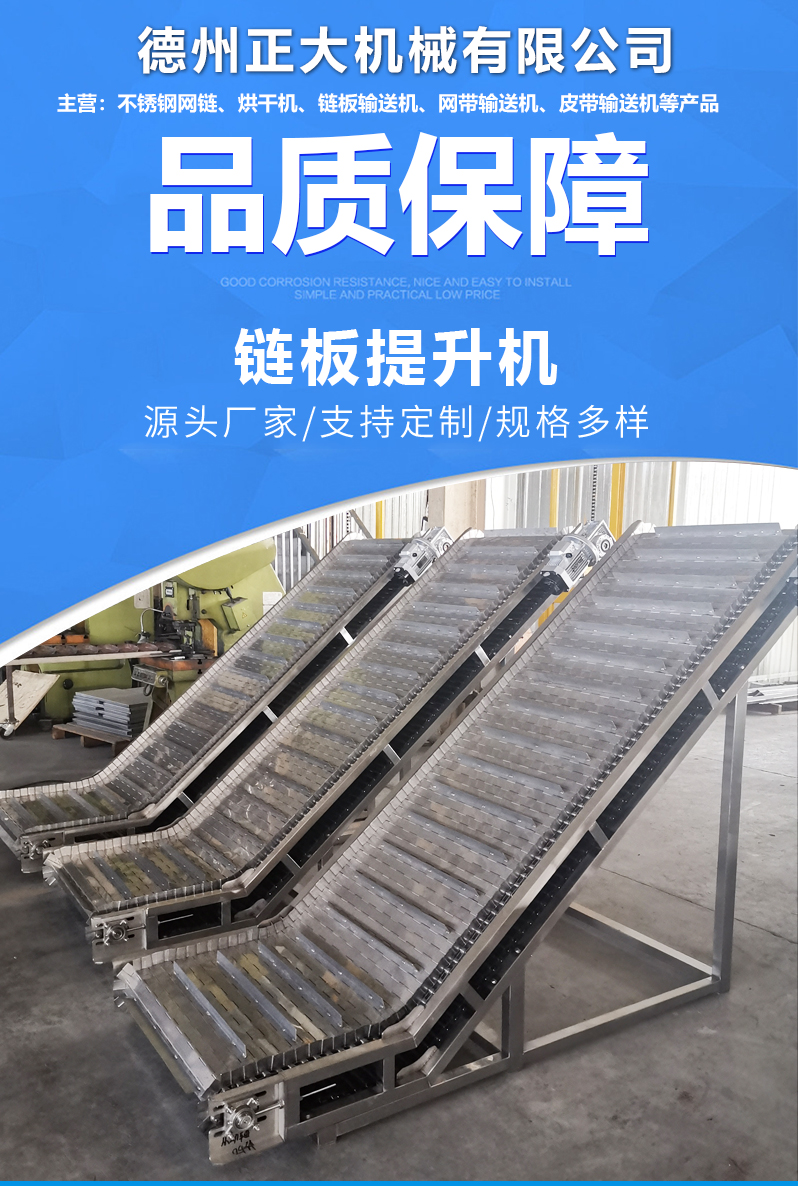
The chain serves as the power source, typically driven by sprockets to operate at a constant speed. The perforated chain plates are fixed to the chain; their perforated design enables materials to be supported and transported through the holes.
When the conveyor starts, the chain drives the plates along a predetermined track. Material is introduced at the feed end. Due to the perforated structure of the plates, material can be placed smoothly on them without slipping off easily. As the chain moves, the material gradually moves to the discharge end.
During this process, parameters such as the plates' movement speed, chain tension, and plate spacing can be adjusted and optimized according to different requirements. For example, conveying heavier materials may require a slower speed to ensure stable transport, while lighter materials may benefit from a faster speed to enhance production efficiency.
Perforated chain plate conveyors can also be equipped with auxiliary devices, such as guiding mechanisms and cleaning systems, to improve stability and reliability further. Guiding devices ensure materials remain properly aligned during transport to prevent deviation, and cleaning devices promptly remove debris and dust from the chain plates to maintain cleanliness and extend the conveyor's service life.
In summary, perforated chain plate conveyors achieve stable and efficient material transport through the coordinated action of chains and perforated plates, and are used extensively across diverse industrial production sectors.
Translated with DeepL.com (free version).



